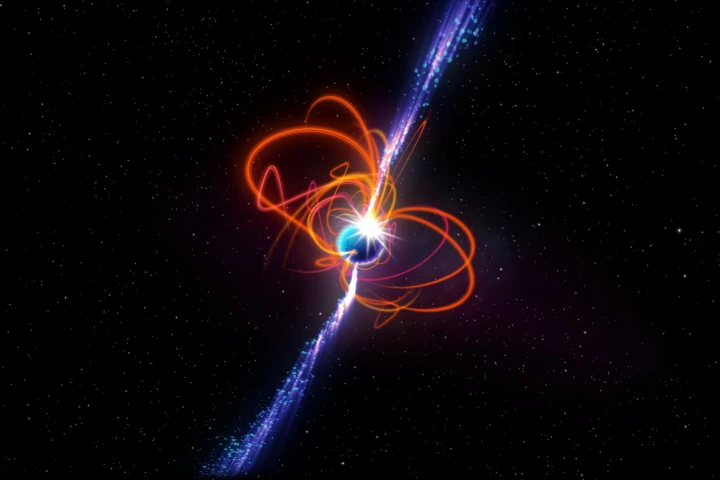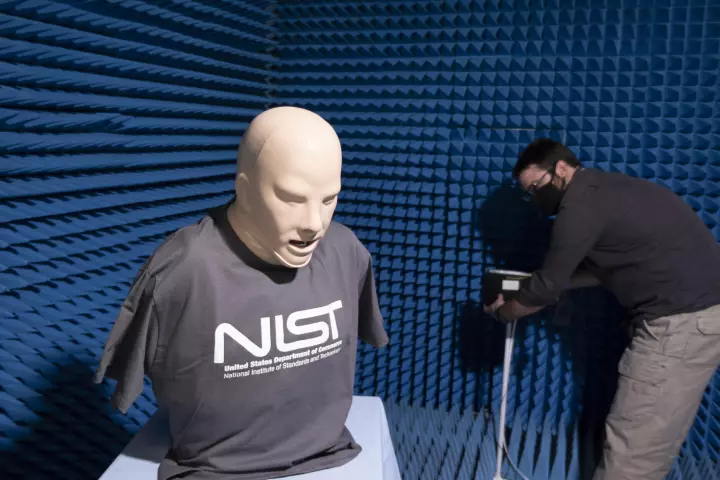Radio Waves
-
Even in clear water, it can be easy for divers to lose track of which way they're heading. An experimental underwater navigation system could help keep that from happening, using a combination of electromagnetic waves and HUD (head-up display) tech.
-
Engineers at MIT have devised a way to help drones find their way through unlit indoor spaces autonomously, without costly cameras. That'll come in handy for mapping and monitoring warehouses and tunnels, as well as search and rescue operations.
-
Astronomers have detected a really bizarre radio signal from space that repeats every hour, cycling through three different states. While they have some ideas about its origin it can’t be explained by our current understanding of physics.
-
One day on Mars is about 37 minutes longer than an Earth day – but it seems both planets are working to fix the gap. Data from NASA’s InSight lander have revealed Martian days are getting ever so slightly shorter, and scientists aren’t sure why.
-
Astronomers have detected a radio signal that blares for several minutes at a time, every 21 minutes, and has been doing so for at least 35 years. This bizarre signal doesn’t fit any known object without some major revisions to current physics.
-
Researchers have developed a new technique to better detect extraterrestrial radio signals by weeding out the interference caused by Earth-based devices. It’s hoped that the technique will lead to the first evidence of alien life.
-
Radio telescopes are picking up strange signals from an intelligent lifeform – ourselves. A new study has shown that satellite constellations like SpaceX’s Starlink swarm are unintentionally leaking signals that can interfere with vital observations.
-
If you could zoom way out to look at the universe at its largest scale, you’d see that it’s made up of a colossal cosmic web. Now, astronomers have detected shockwaves moving through this web, providing new insights into large-scale magnetic fields.
-
The chances are incredibly small that Earth is the only planet with life. A new AI system has scoured millions of radio signals from space to identify any with potential artificial origins – and discovered eight signals that look intriguingly alien.
-
Models of the universe predict that supernova remnants should be far more common than they are. Now, a new image from sensitive radio telescopes reveal that the missing remnants are hiding in plain sight.
-
By modifying an off-the-shelf Wi-Fi router with a firmware update and using a deep-learning algorithm, scientists have been able to detect breathing patterns that indicate respiratory distress in a medical mannequin.
-
A highly sensitive, next-generation radio observatory has started to come to life, with construction now officially underway on the Square Kilometre Array (SKA), a dual-site science facility located in Australia and South Africa.
Load More











